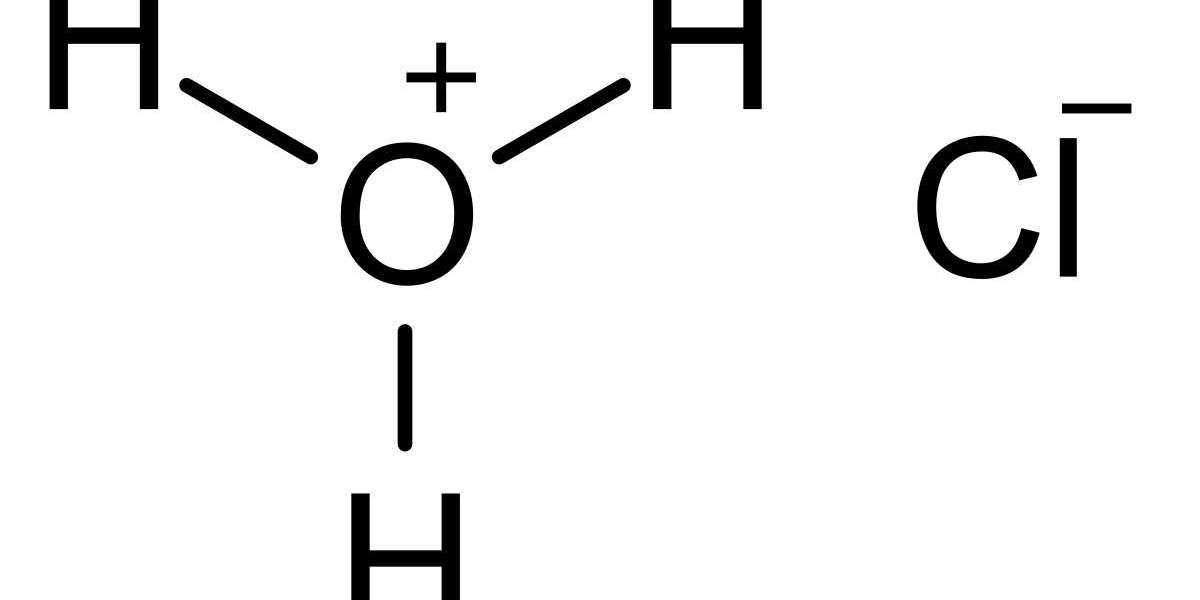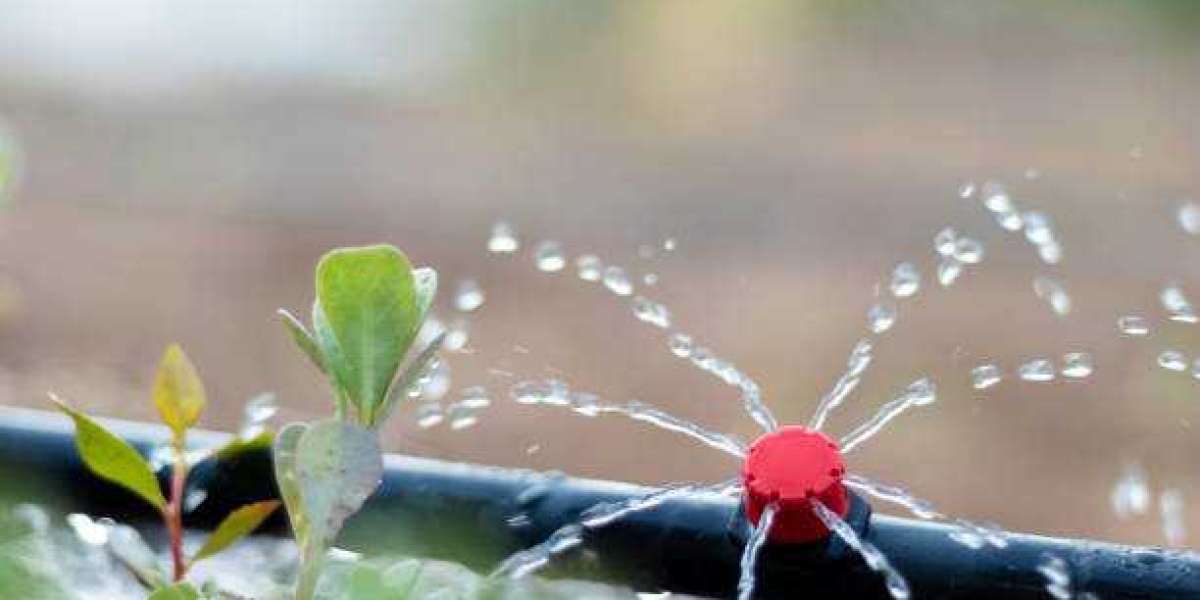Hydrochloric acid (HCl) is a naturally occuring acid that’s produced in the stomachs of mammals to aid digestion. In humans, it’s found in the gastric juice, a.k.a. stomach acid, where it helps to break down food. But HCl is also produced industrially by dissolving gaseous hydrogen chlorine in water. As a corrosive and acidic solution, hydrochloric acid formula has several applications in manufacturing and processing various products.
What Does Hydrochloric Acid Do?
Biologically, hydrochloric acid plays an important role in digestion. A component of gastric juice in the mammalian stomach, it gives our stomach acid a normal volume range of between 20 and 100 mL with acidic pH of between 1.5 and 3.5. In the body, HCl is produced by the parietal cells, which release hydrogen and chlorine ions. Hydrochloric acid is particularly important in maintaining the necessary pH required to activate pepsin, the main digestive enzyme that’s crucial in digesting proteins.
Industrially, HCl is produced by dissolving hydrogen chloride gas in water. When it comes to industrial applications, hydrochloric acid formula has various essential roles that it plays, from keeping swimming pools at the optimum pH to producing inorganic and organic compounds. Here are some of the practical uses of hydrochloric acid in industries:
1.Processing or manufacturing organics: Many organic compounds, like dichloroethane and vinyl chloride, require HCl as a reagent. For instance, the chlorine in polymer plastics, like poly vinyl chloride (PVC), comes from the polymerisation of vinyl chloride monomer. One pathway of producing vinyl chloride monomers is through the exothermic reaction of acetylene with anhydrous hydrogen chloride gas in the presence of mercuric chloride as a catalyst. The balanced chemical equation is: C H + HCl → CH =CHCl.
2.Chemical buffering: Many types of manufacturing processes require pH levels to be maintained at a certain range. HCl serves as a buffer in these instances. Pharmaceutical products, processed foods, and clean drinking water need hydrochloric acid formula in one or more stages of processing.
3.Maintaining pH level of swimming pools: Hydrochloric acid is also used to regulate the pH in swimming pools, where the pH level of the water needs to be kept at a slightly alkaline range of between 7.2 and 7.6. Sodium hypochlorite, an alkali, is regularly added to swimming pools to disinfect them. But its alkalinity means that it can easily become excessive and irritating to the skin of pool users. The pH level of the water can thus be lowered by adding HCl.
4.Purifying table salt: Sodium chloride, the common table salt, is abundant in nature. Salt is about 2.68% concentration in ocean water but can also be mined on land as thick deposits from the evaporation of prehistoric oceans. However, there are several alkaline substance impurities that need to be washed away, and this is done with the use of HCl.
5.Pickling steel: Before metals can be processed, they must undergo a surface treatment called pickling, which removes any impurities like rust, iron oxide scale, stains, and other contaminants. HCl is a common and effective pickling agent because of how corrosive it is – but this also means that it can only be used on carbon steel grades, since it could stain or corrode stainless steel grades.
6.Leather processing: The leather tanning industry uses HCl to prevent the growth of bacteria on leather, as well as to maintain its pH. Doing this helps to prevent decomposition from occurring.
7.Producing inorganic compounds: Hydrochloric acid easily reacts with alkaline substances and other chemicals. These reactions form compounds, such as ferric acid and aluminium chlorohydrate, that can then be used in water treatment.








